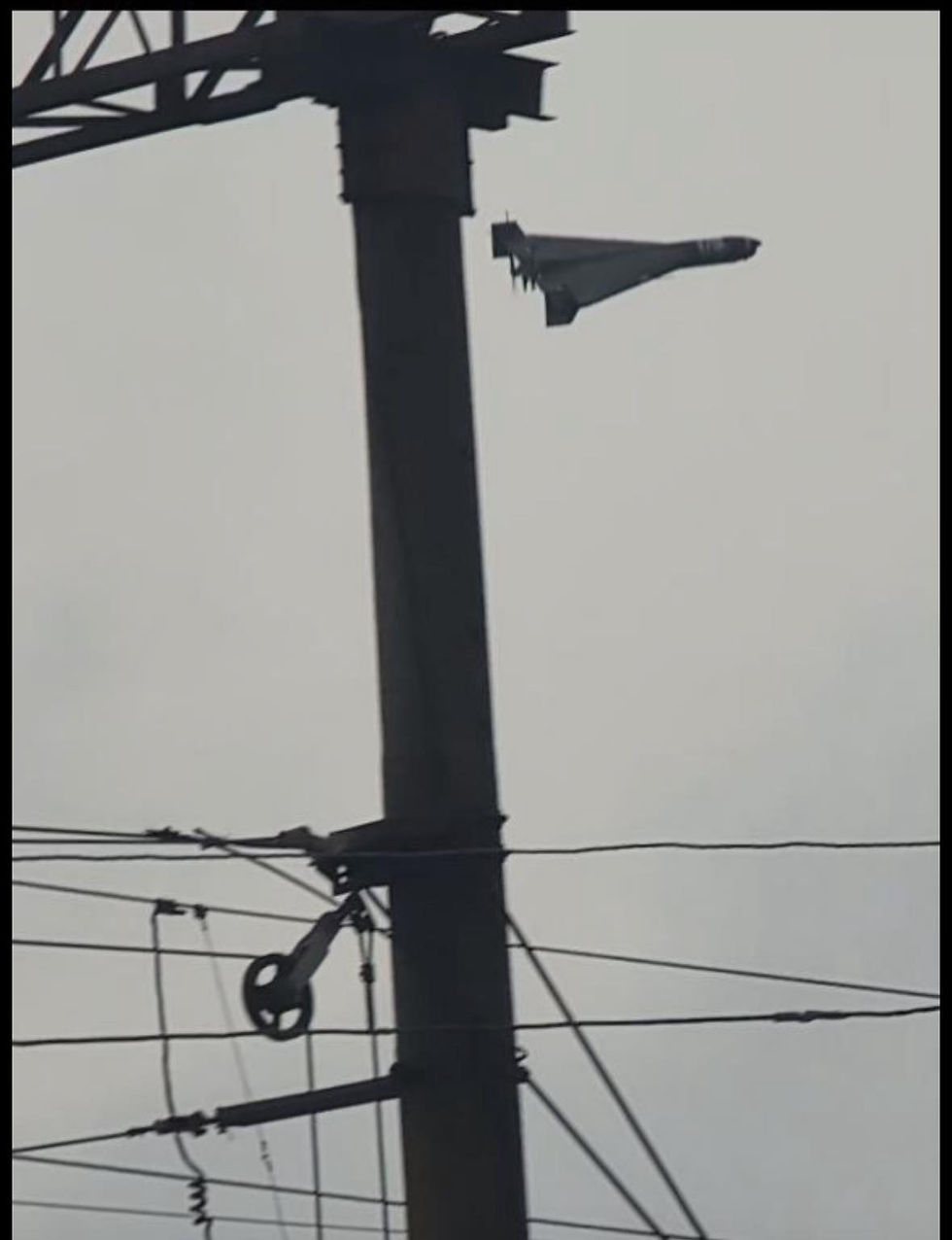Lukshenko uses Kremlin’s playbook to spread disinformation about the surge of migrants
- Res Publica

- Nov 22, 2021
- 4 min read
Hybrid attack organized by the Belarusian state involves not only using migrants as a means of political pressure, but also aiming disinformation attacks at its neighbouring countries. Lukashenko’s regime was shifting the blame for the crisis it has created on Lithuania and Poland accusing them of demonstrating offensive capabilities at the border and allegedly carrying out special operations to relocate migrants to Western Europe.

Belarusian and Kremlin propagandists in the creative process / video footage from the Polish Ministry of Defence
Throughout October 2021, DebunkEU.org analysts looked through 2797 content pieces from migrant linked Facebook groups, online media outlets of the origin countries of the migrants and regional hostile media sources. Of these, 872 articles were false and misleading, most of them (714 items or 81.6%) were published in sources linked to the Kremlin or the Belarusian regime.

Types of information by conditional classification
Increased flow of migrants was followed by waves of false and misleading information. In the second half of the month, two attempts were made to target Lithuania and Poland with disinformation campaigns - on October 18-19 and 28-29. According to Senior Analyst from DebunkEU.org Laima Venclauskiene, both were molded on the same, repetitive pattern and were a part of disinformation peaks within the period of analysis.

Timeline of a targeted disinformation campaign #1
On October 18, Alexander Lukashenko forged a story that Poland and Lithuania are carrying out special operations to establish channels for transporting migrants to Germany and France, ‘massively and cynically violating human rights.’ As a result, according to him, ‘the Germans have been detaining thousands of migrants.’
‘This statement was republished by the whole apparatus of Belarusian state-related media (27 articles about this one topic in a day) and was built upon the claims by the Belarusian State Border Committee from early October. Then it was falsely asserted that Lithuania is purposefully and consistently transferring refugees from its territory to other EU countries, imitating migrant escapes,’ says Ms Venclauskiene.
‘Lukashenko is taking ques from Kremlin’s propaganda playbook and is trying to shift attention from domestic issues to foreign ones, creating a mythical foe threatening the existence of Belarus,’ says Ms Venclauskienė. It is clear from other articles related to this meeting with the state security bodies. ‘For example, Lukashenko declared that the local opposition, with help from Western special services, is preparing sabotage, and tries to organize enterprise-wide strikes. The claims, again, shift the blame for the unrests in the country onto ‘foreign intelligence’, ignoring the fact that 65–85% of Belarusians want reforms of some sort,’ says the analyst.

Timeline of a targeted disinformation campaign #2
The second targeted disinformation attack started on October 26. While on a visit at the Lida District Central Hospital, Alexander Lukashenko alleged that the neighbouring countries ‘even moved Leopard tanks towards our border’ and ‘might start a little war there’.
To promote and reinforce these words by the dictator, the comment was then picked up and further developed by a puppet expert of the Lukashenka regime, who claimed that ‘Either Brussels or Washington has clearly set a task for them [Poland and Lithuania]: to create a conflict on the borders of Belarus’.
‘This statement about the ‘buildup’ of forces was forged based on an announcement made by Poland about adding 2500 more servicemen to the border in response to migrant crisis and reoccurring clashes with migrants during which Polish soldiers got injured,’ explains Ms Venclauskiene.
According to the analyst, this was a defensive measure taken by Warsaw to cope with the hybrid attack (which, as countless pieces of evidence show, was started by Belarus itself). ‘However, Lukashenko created an impression of an offensive action – as if Poland is getting ready to attack (or, as he said, ‘start a little war’) not only Belarus, but the Union State as a whole,’ says the expert.
The words by Lukashenko about the need to both Belarus and Russia brutally react to the military build-up at the borders of the Union State were vastly amplified by pro-Kremlin media (37 articles in a day). They also served as a bookmark indicating Lukashenko giving way to finally signing a series of road maps aimed at deepening the integration of the two neighbours as a part of a decades-old plan to create a Union State, which was done on November 4, 2021.
‘Both campaigns were followed by videos containing some sort of testimonials from the migrants, accusing Lithuanian border patrol guards being violent, using electric shocks, stealing money from the migrants, and smashing their phones. These videos spread not only through Facebook groups but also through hostile news websites, such as pro-Kremlin news portal gazeta.ru and Russian state-owned news agency TASS,’ says Ms Venclauskiene.
The analysis has shown that RIA Novosti, a part of Russia’s state funded media group Rossiya Segodnya, which controls the Sputnik network amongst others, again topped the list of media sources in terms of affected audiences.
In the beginning of the month, measured by mentions, most of the articles within the analysed content were published in the Arabic language (37.7%), followed by Russian (29.2%). However, articles in Russian took over in the second half of October, when content in Russian constituted for half of the published content.
Notably, content in Russian also reaches the widest potential audience - measured by DebunkReach®, in the last two weeks of October, content in Russian reached 450 million potential contacts, a share of 86.5 %.
It is Russian again where false and misleading information spreads the most – almost half of the content analysed in this language was labelled as such.





Comments